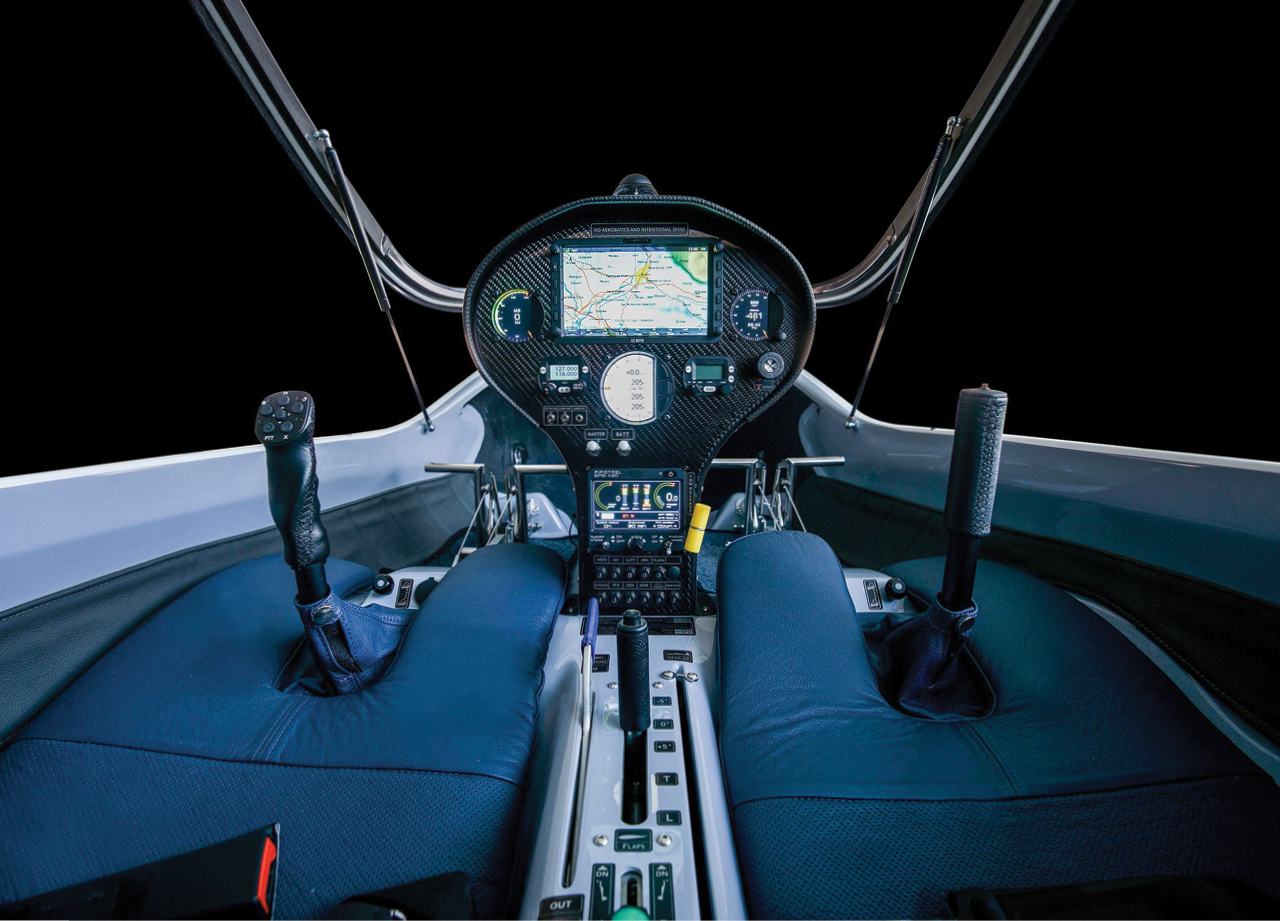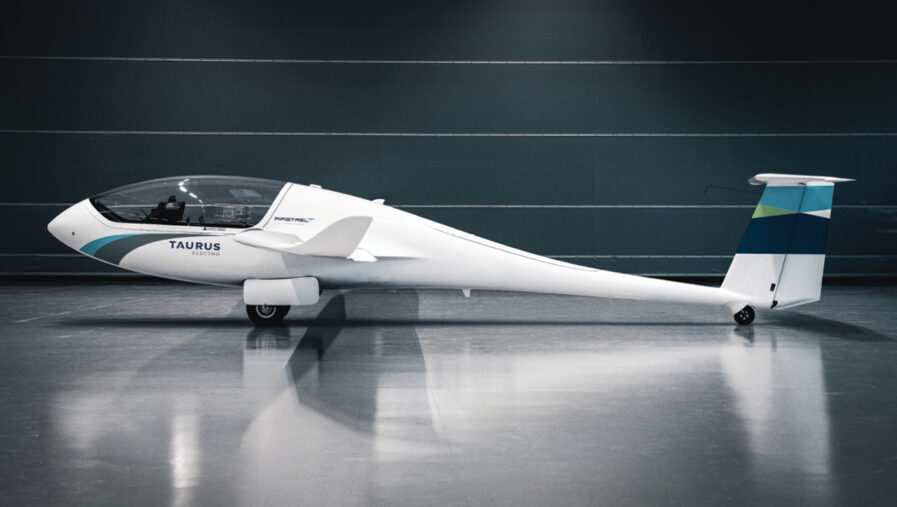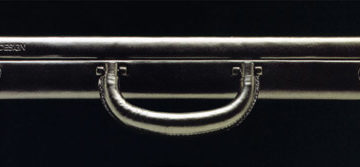In Graphis Journal #381, we explored the brilliance of Taurus Electro’s design. This aircraft redefines aerodynamics with its stunning teardrop-shaped fuselage. Pipistrel has crafted an electric two-seater glider that combines eco-friendly innovation with futuristic aesthetics. It offers zero-emission flights powered by a solar trailer and an advanced battery management system. This is a leap in aviation technology and a stylish glide into the future.
The Taurus Electro’s teardrop-shaped fuselage is certainly impressive. Yes, many other glider manufacturers opt for teardrop designs, but Pipistrel, the company behind the Taurus Electro, appears to have stretched this shape as far as possible. This streamlined configuration can leave no one in doubt of the aircraft’s aerodynamic superiority.
Contrast the Taurus Electro with the other plane in this issue, the DA62. In some ways, they are two sides of the same coin in terms of crafting a modern-looking vehicle. Both seem to have a space-age influence. While the DA62 looks like the vehicle that futurists would envisage based on the proportions of 1950s rockets, the Taurus Electro seems to take the concept of a 1980s shuttle to its most extreme possible conclusion. Or, to put it in a more philosophical manner, one reflects the idealism of the earliest days of spacefaring, and the other amplifies the innovations of the start of the era of long-term space occupancy.
Much like how the reusability of the shuttle innovated space travel, the Taurus Electro has provided some interesting innovations for the aviation industry. The fact that it is the first electric two-seat aircraft to enter production is impressive. Yet this only scratches the surface of how it has moved aviation in a bold new direction.






